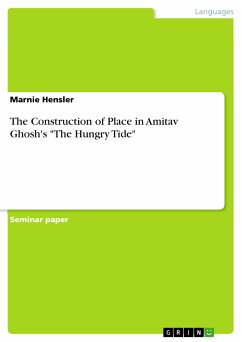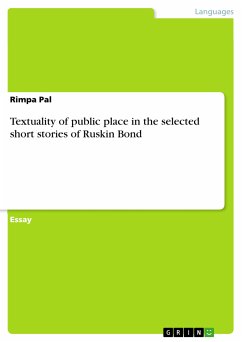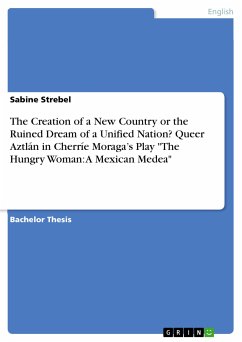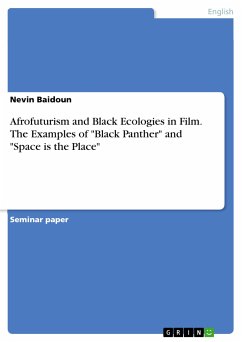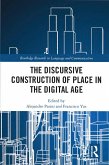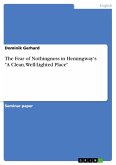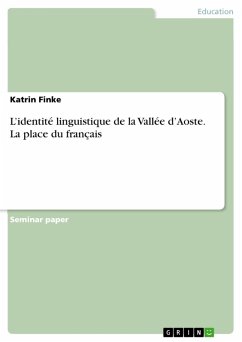Seminar paper from the year 2020 in the subject Literature - Asia, University of Freiburg (English Department), course: On the Beach: Narrating Littoral Space in Literature, language: English, abstract: This paper claims that the space of the tide country, as perceived by the protagonists in The Hungry Tide, is constructed through two major embedded narratives. The first narrative is the legend of the goddess Bon Bibi. Passed down orally from generation to generation, the rhythmic legend sediments itself in the minds of the tide country people, defines how they see their homeland and thus actively, and repeatedly, constructs and reconstructs the space of the tide country. The second narrative is Nirmal's recollection of his repeated adventures to Morichjhapi. Unlike the legend of Bon Bibi, his adventures are transmitted in writing through his notebook. Accessible to Kanai and the reader only, its content shapes and constructs how both character and reader perceive and construct the space of the historical island. However, it also works the other way around. The place of the tide country also influences the narratives that evolve around it. The Bon Bibi legend is as fluid as the tide country, being (re)interpreted from generation to generation. Nirmal's notebook as well reflects the main characteristics of the tide country as it travels on water (on the Megha) and ultimately also disappears in water (like the tide country eventually will as well). In this paper, a close textual analysis of both embedded narratives reveals how they manage to (re)construct the space of the tide country for both characters and readers (i.e. which narrative strategies are used etc.) and what distinct topographical characteristics of the tide country can be found within them. In sum, this paper claims that narratives have the ability to construct the space(s) we live in. Cultural geography examines how places and identities are produced. It looks into how people of a certain culture and place perceive their "homeland" or, inverse, how they construct it with the help of cultural artefacts. Cultural artefacts like folktales or songs can contribute to the construction of space since they describe and determine how people view and perceive the places around them. Whatever cultural artefacts people produce give insight into how they see their space. Narratives as cultural artefacts, for example, can thus show us how spaces are perceived by those who "tell" and "consume" them.
Dieser Download kann aus rechtlichen Gründen nur mit Rechnungsadresse in A, B, BG, CY, CZ, D, DK, EW, E, FIN, F, GR, HR, H, IRL, I, LT, L, LR, M, NL, PL, P, R, S, SLO, SK ausgeliefert werden.

